CW93 September, 2024
Coronavirus vaccination will start on October 1 (Tue) for elderly citizens.
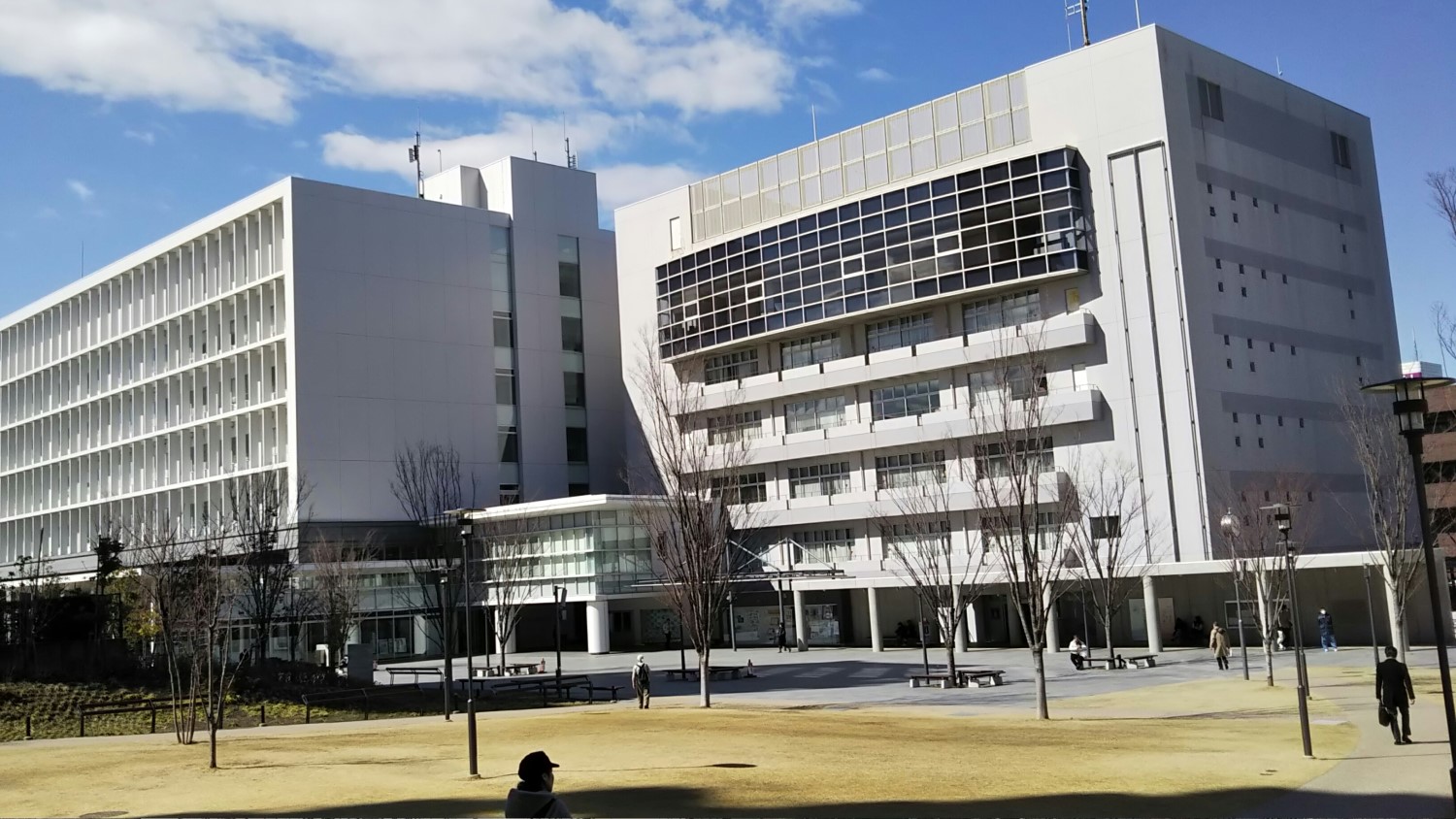
COVID-19 vaccination for elderly citizens is to be conducted from October 1 (Tue) to January 31 (Fri), 2025. Until March 30, everybody except five-month-old children and younger had been vaccinated for free, but since April 1, the vaccination has been optional, not mandatory, and will be carried out regularly for elderly people from now on. This time, eligible people can get the vaccination during the four months for 2,400 yen (2,100 yen in Samukawa).
Elderly people who want to be vaccinated and fall into one of the three categories below should make an appointment with necessary certificates before going to hospitals.
1) Citizens aged 65 and older should take their health insurance cards, or other identity cards which provide their address and birthdate;
2) Citizens aged 60 to 64 whose daily lives are severely restricted from heart, kidney or respiratory disorders should take their certificates of physical disability in addition to a document required for the first group;
3) Citizens aged 60 to 64 who find it almost impossible to lead normal daily lives due to immune system dysfunction caused by human immunodeficiency viruses should take the same documents as the second group.
In Chigasaki and Samukawa, the hospitals which conduct vaccinations are: go to https://www.city.chigasaki.kanagawa.jp/_res/projects/default_project/_page_/001/048/347/20241017.pdf
If an eligible person is on welfare, the vaccination fee will be exempted. The person should submit the certificates of public assistance and current residence to the hospital.
When citizens who do not fall into any of the three categories want to be vaccinated, they will have to pay the entire fee, which may be different from hospital to hospital.
Chigasaki citizen Eigo Tanaka competed in swimming races at the Paris 2024 Paralympics.
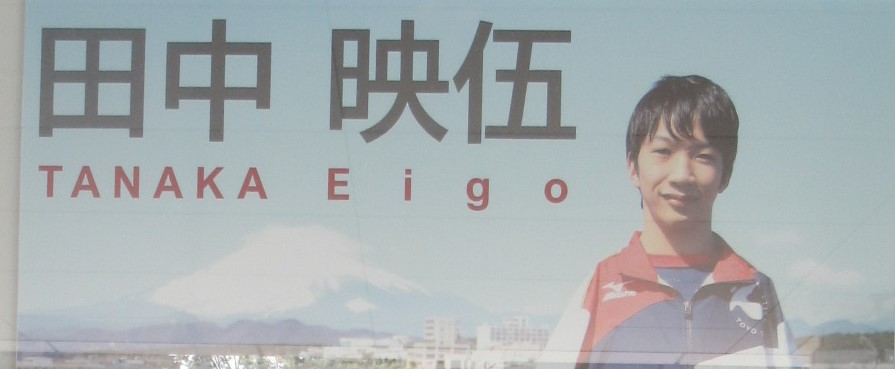
Japan was awarded 41 medals, including 14 gold medals, at the Paris 2024 Paralympics (Aug. 29 - Sep. 8), which 175 Japanese athletes participated in. Among them, Chigasaki citizen Eigo Tanaka aged 20 competed in four swimming race events of the S5 class, which includes swimmers with a moderate level of disability. The S5 class is used for freestyle, butterfly, and backstroke events.
Tanaka finished 5th in men’s 50m butterfly, 6th in men’s 50m backstroke, 8th in men’s 100m freestyle, and 7th in the mixed 200m medley relay. In the first two events, he established new Japanese records.
In general, it is far more difficult for athletes with disabilities to maintain their motivation and to continue sports activities than for those with no disabilities. We hope the government will provide para-athletes with full support so that they can concentrate on practicing. We also hope Tanaka will keep practicing to break his times and participate in the LA 2028 Paralympics.
Flowers of the season: Japanese beautyberry
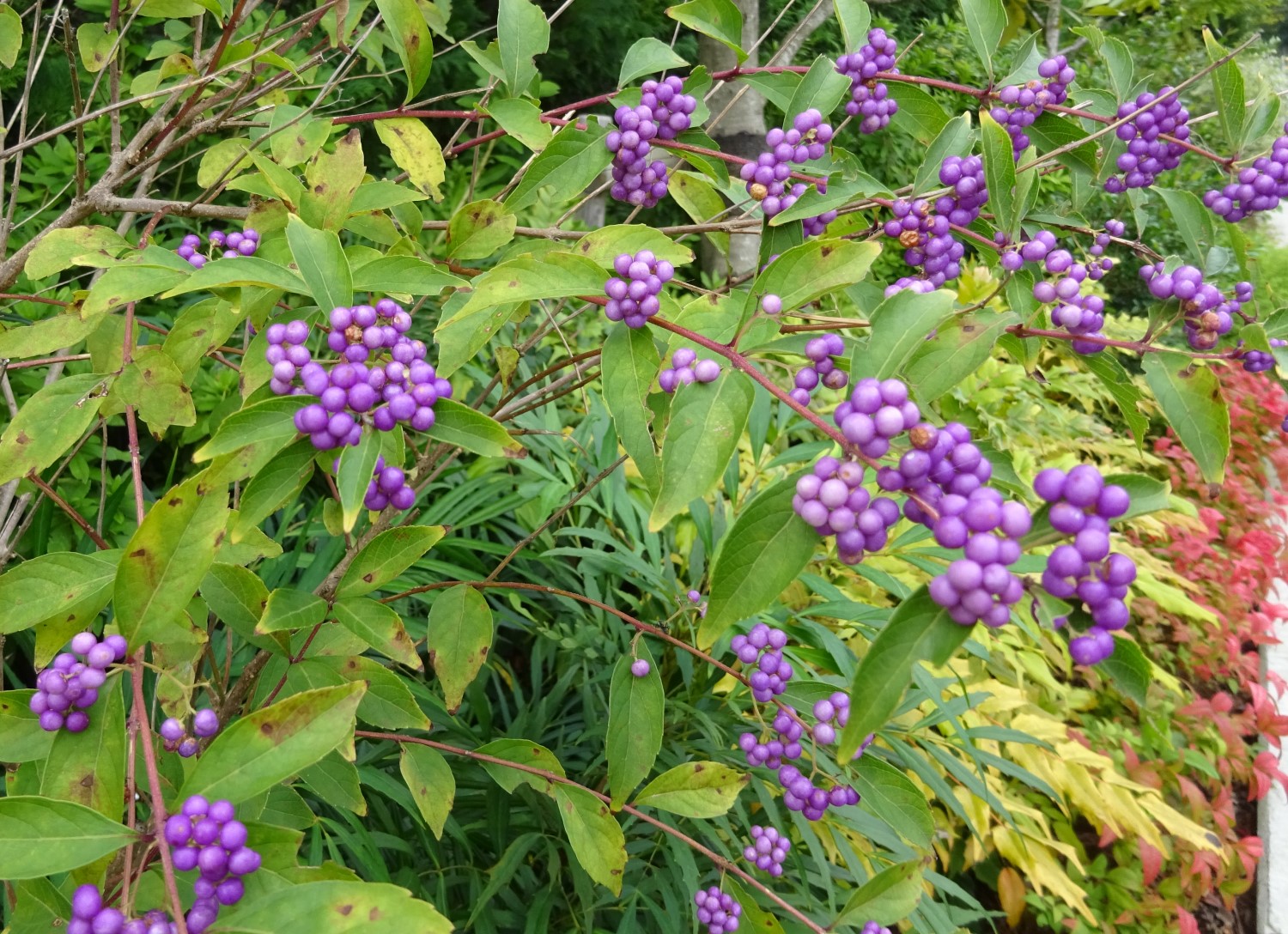
In early autumn, Japanese beautyberry bears a lot of small purple fruits in clusters. See the photo on the right. The clusters look as if they are attached to the leaves. The deciduous shrub is native to Japan and is widely seen around the woods from Hokkaido to Okinawa. The plant also grows in the Korean peninsula, Taiwan and China.
It is assumed that the bunches of purple ripe berries were called ‘murasaki-shikimi’ (紫重実*) by ancient people in Kyoto, as purple fruits appear on the leaf in layers. Since the Edo period (1603 ~), the shrub has gradually been called Murasaki-shikibu, named after the writer of a long novel called The Tale of Genji. The beautiful fruits must have reminded people of the first Japanese female novelist.
*紫重実: Purple fruits pile up on the leaves in English
Japanese beautyberry’s scientific name, Callicarpa Japonica, meaning beautiful berries in Greek, was assigned by the Swedish botanist and doctor, Carl Peter Thunberg.
In June, lavender-colored blossoms discreetly bloom. Oval leaves are opposite, and their size ranges from six to thirteen centimeters with serrations. The leaves are green in early autumn and turn to yellow in late autumn, falling out in winter, leaving purple berries. The tree has resistance both to cold and heat.
Callicarpa Japonica has various mutations, including shorter trees, taller trees, or white fruits (See the photo below). Among them, smaller plants are popular as garden trees. Their thin twigs hang like bows and bear many fruits in clusters.
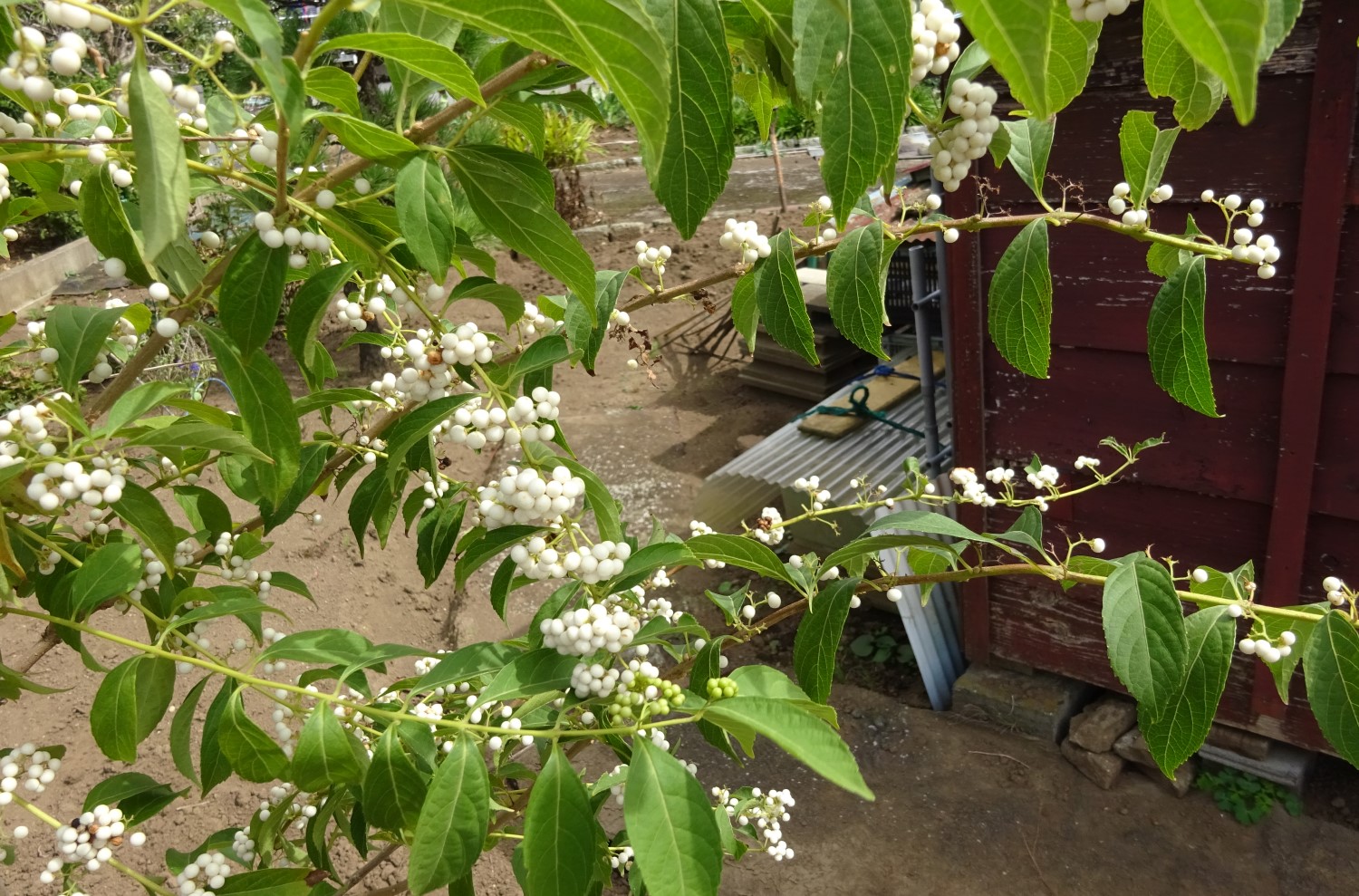
By the way, Shoukakuji Temple in Sagano, Kyoto, is famous as the notable site of Japanese beautyberry.
Forty varieties of camellias in Himuro Camellia Garden were designated as a National Plant Collection
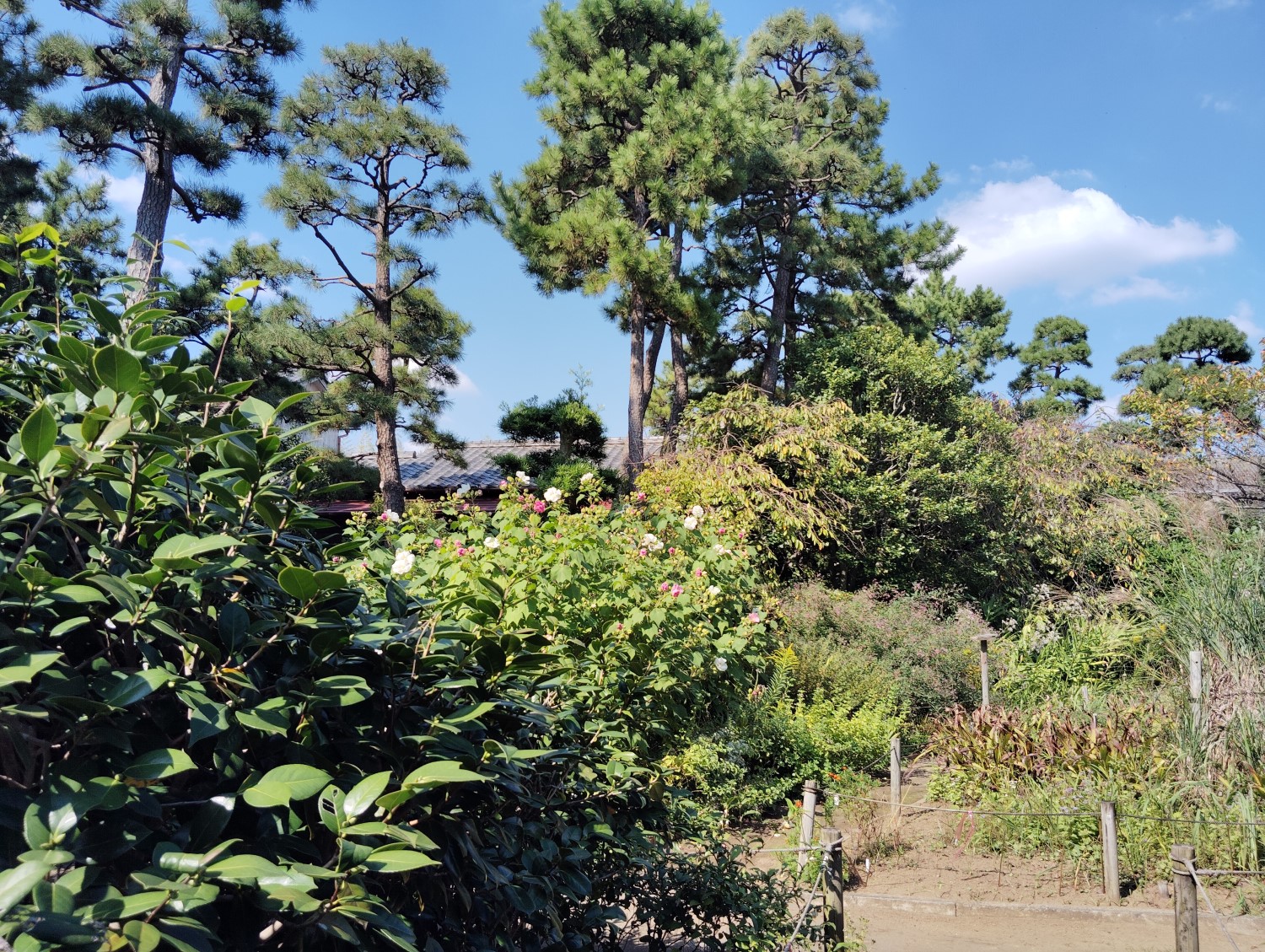
On April 25, forty varieties of camellia developed by Shoji Himuro, the former owner of Himuro Camelia Garden in Chigasaki, were recognized as plants worth preserving for the future by the Japan Association of Botanical Gardens, and added to its National Plant Collections. The collection certificate system was established to preserve plants cultivated in Japan as horticultural heritages and resources.
These 40 varieties, which have been registered with the International Camellia Society, are among more than 300 varieties in Himuro garden. Seventeen out of the 40 have also been registered with the Ministry of Agriculture, Forestry and Fisheries.
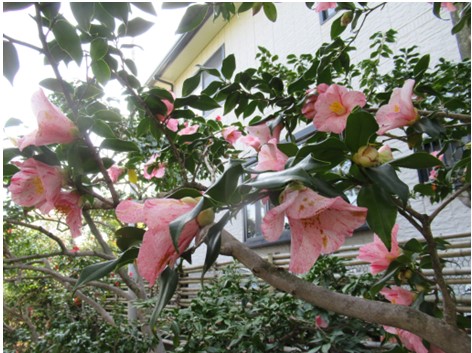
The collection theme is “Chigasaki City Himuro Camellia Garden Himuro’s developing Camellia Collection.” The period of authorization is effective from April 25, 2024 to April 24, 2029. The picture on the lower right is one of the 40 varieties, Himuro Setsu Getsu Ka, or Himuro Snow, Moon and Flower in English.
As for the other varieties, go to https://www.city.chigasaki.kanagawa.jp/kouen/1006491/tsubaki/1059195.html
About 1,300 camellia trees bloom in winter in the garden. The main building of the former Himuro family, the nation’s registered tangible cultural property, is preserved in the garden.
Interested in Japanese proverbs?
1)残り物に福有り (NOKORI-MONO NI FUKU ARI)
NOKORI-MONO means leftovers, NI in, FUKU good luck, and ARI there is.
The saying comforts you when you were late for happy bags, or Fukubukuro, shopping at an annual New Year’s sale. It says you have a better chance of getting bags containing wonderful items than those who were at the head of the line. However, the writer learned in math lessons at school that the probability of your winning a lottery does not change regardless whether you draw a lot early or late. The saying recommends you to adopt a relaxed stance on such an occasion.
It is often said the remains of oden and curry rice which were cooked the day before are more delicious than those just made. Many people will agree.
The saying is in 諺言抄, Gengensho, a collection of proverbs edited by Norinaga Motoori (1730-1801), the most eminent scholar in Shinto and Japanese classics.
The proverb is in Collected Poems of Chinese poet Su Shi (1037~1101).
Its English equivalents are:
●Good luck lies in odd numbers.
●He that has patience has fat thrushes for a farthing.
●Last come, best served.
2)人の振り見て我が振り直せ (HITO NO FURI MITE WAGA FURI NAOSE)
HITO means other people, NO of, FURI behavior, MITE to watch, WAGA mine, and NAOSE to correct.
When you watch other’s behavior, and if you feel something, you should make use of the feeling to improve your behavior. In addition, before criticizing others, you should reflect on yourself so that you do not behave like that. You are surrounded by many kinds of people. All of them will become your teachers if you keep the saying in mind. You can learn something not only from a heavy drinker, a gossip, an abuser and other negative exemplars. You can also learn something worthwhile from positive exemplars: your superior, coworkers and friends.
The saying is in 本朝廿四孝, or Honchyo nijushiko, a program of kabuki and jyoruri. Its first performance was in Osaka in 1766.
Its English equivalents are:
●By other’s faults wise men correct their own.
●Observe other’s faults, and correct your own.
●The fault of another is a good teacher.
Invitation to Kamakura (39) - The Kamakura Museum of History and Culture (Bimonthly serial)
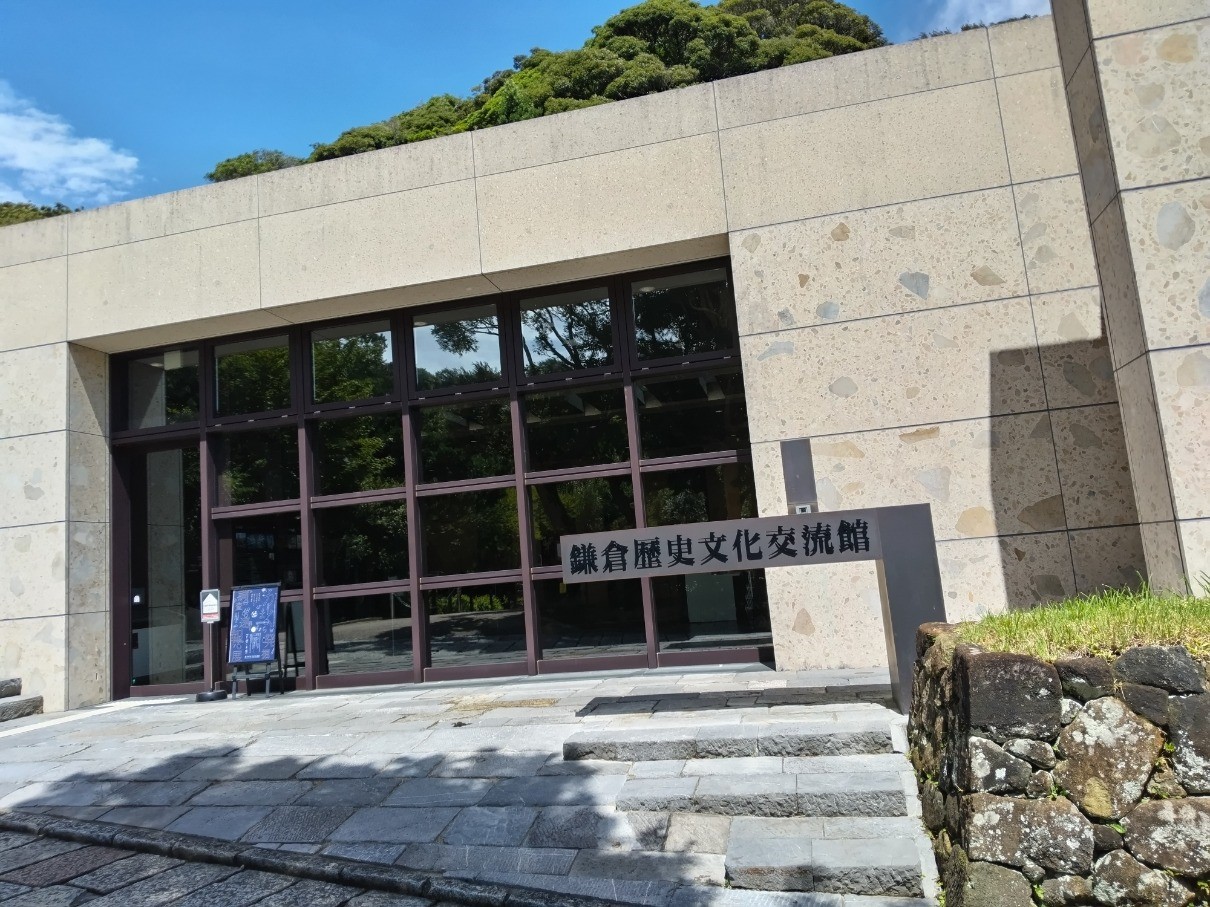
In May 2017, Kamakura city opened the Kamakura Museum of History and Culture in Ougigayatsu, one of the upscale residential areas in Kamakura, aiming to give visitors opportunities to deepen understanding of Kamakura’s historical and cultural heritages and to exchange visitors’ communications. We can learn the history of the Kamakura era and observe a variety of articles excavated from ruins in Kamakura.
The total area of the museum is about 15,000m2, the main building is about 1,100m2 and the annex is about 270m2. All the parallel structural walls are made of custom-made marble, and the floors are covered with antique Korean tiles. Throughout the building, artificial and natural light evokes a sense of traditional Japanese architecture. In the area, there used to be the Muryouji temple, the family temple of the Adachi clan in the Kamakura era (1185-1333). In the Edo era (1603-1868), there was a residence for a descendant of the famous swordsmith Masamune. In the Taisho era (1912-1926), the fourth-generation president of the big financial firm, Mitsubishi, lived there during vacations. And then after World War II, the founder of the Obunsha, Yoshio Akao, lived in a big residence in the area, which was the original site of the present museum.
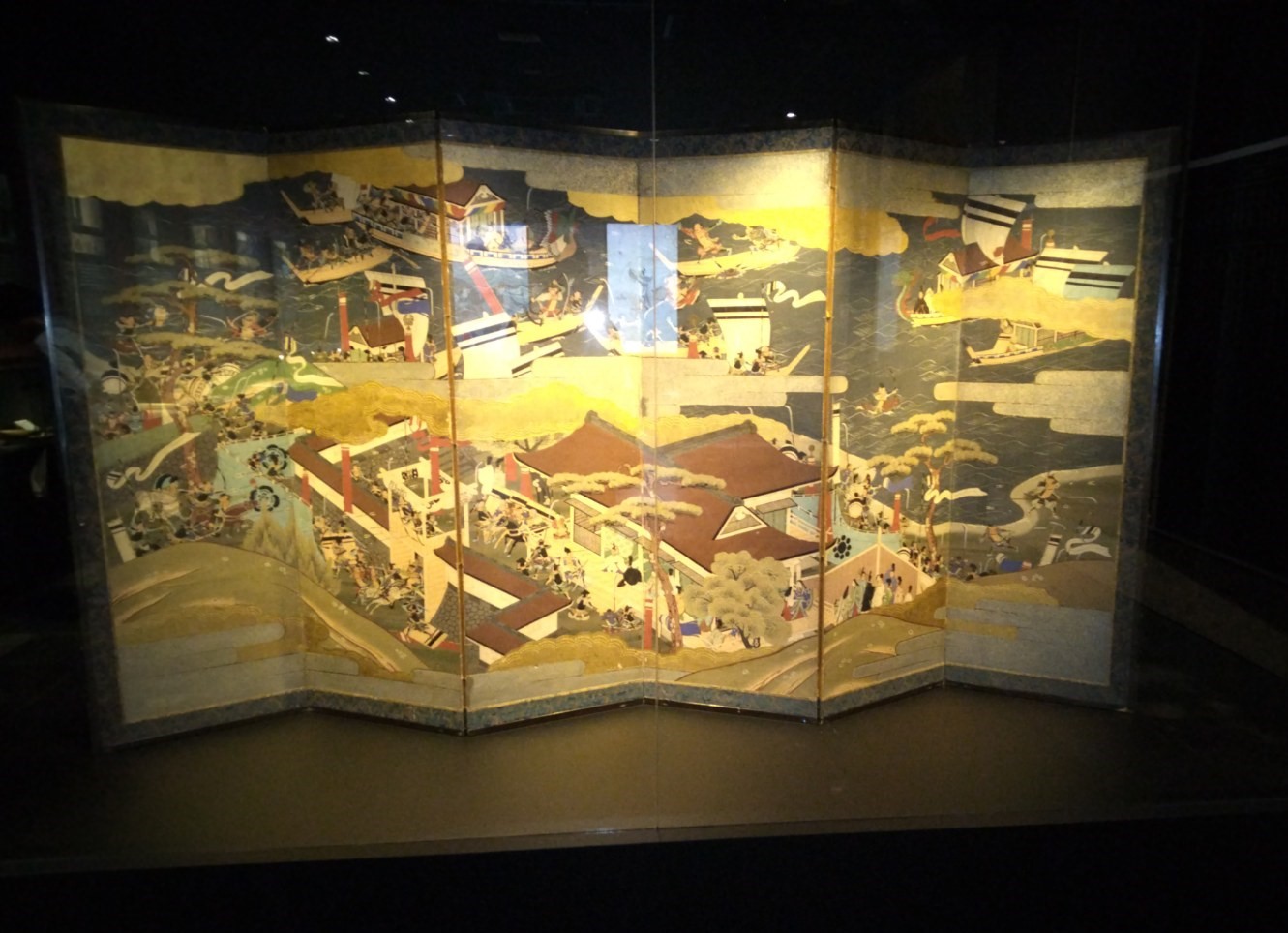
After his death, his vast property was bequeathed to his son Kazuo Akao and his relatives. They asked the internationally renowned British architect Norman Foster to design a new house with a detached one to store Yoshio Akao’s collection, which was completed in 2004. In 2013, the Akao family foundation said it would donate \1.5 billion to the city for renovation costs if the Kamakura city could accept the condition that it would buy the tremendously big house and land for \ 300 million. The deal was done. Their property was sold to the city and named the Kamakura Museum of History and Culture.
The huge entrance used to be the garage of Kazuo Akao’s house, the permanent exhibition room used to be two guest rooms, and the two other exhibition rooms, from which we can see a splendid garden with caves on the rocky hillside, used to be a living room and the main bedroom.
It is very interesting not only to acquire knowledge of Kamakura history, but to see such a gorgeous house built by the world-famous architect, who also designed Apple’s ring-shaped new headquarters in 2017.
Short Essays on Chigasaki-16 Soseki Natsume’s Serious Illness at Shuzenji and Chigasaki 【The modern times】
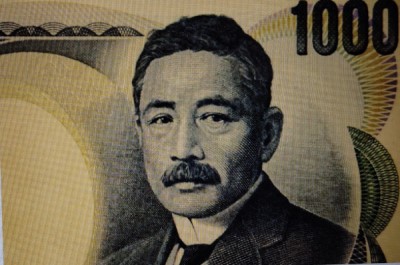
Soseki Natsume was staying at the Kikuya Inn in Shuzenji*, Izu, for his gastric ulcer treatment in August 1910. However, his condition got worse, he vomited a lot of blood, and fell into a state of unconsciousness on August 24, which is called ‘Shuzenji Serious Illness’. He narrowly recovered from the brink of death. ( The picture is Natsume on the 1,000 yen note, which was used from 1984; the Bank of Japan stopped using it in 2007. Natsume (1867-1916) was a great modern writer and scholar of English literature. Many of his novels are translated into English and other languages. ) It is said the illness greatly affected his view of life and his style of works in later years.
In the summer of 1910, his children enjoyed sea bathing at a rented house at Jukenzaka-shita in Chigasaki, accompanied by the mother of his wife Kyoko. A persistent heavy rain caused catastrophic floods and disrupted train services.
* Shuzenji: a famous spa in the northern Izu peninsular in Shizuoka Prefecture
When the train service returned to normal, Kyoko visited Chigasaki to express concern about the flood and to relieve her mother, who would return to Yokohama. A telegram from Shuzenji arrived at Soseki’s house in Tokyo after Kyoko left for Chigasaki, so a caretaker at their house forwarded the telegram to Chigasaki, saying “Hasten to Shuzenji.”
Her mother left Chigasaki for Yokohama, asking a proprietress of the rented house to take care of her grandchildren, while Kyoko failed to get on a train to Shuzenji and spent an anxious night in Chigasaki. She left for Shuzenji in the early morning of the next day.
(The source of the essay: Chigasaki People’s Book published by Chigasaki City)
Events in September
Enjoy your photo life
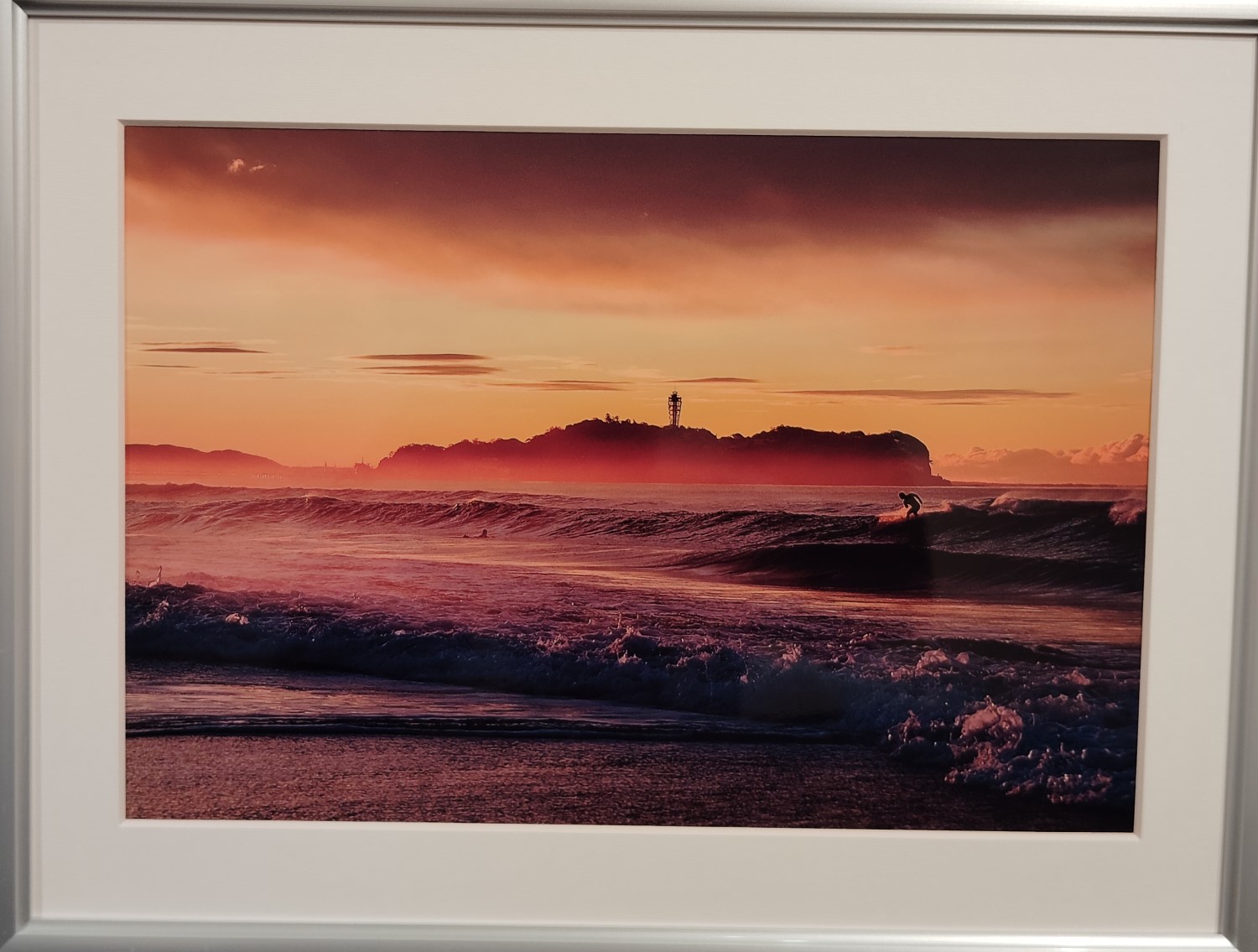
“The 2024 Shonan Photo Club Photo Exhibition 12” took place from September 13 (Fri) to the 16th (Mon) at Citizen Gallery. Most exhibits were landscape photos. Although no modification was made to the photos, they were quite brilliant. These photos show visitors that the choice of time is as important as the choice of location and the weather. Even familiar scene looks different in early mornings or late evenings. Perhaps not many people know a beautiful morning glow.
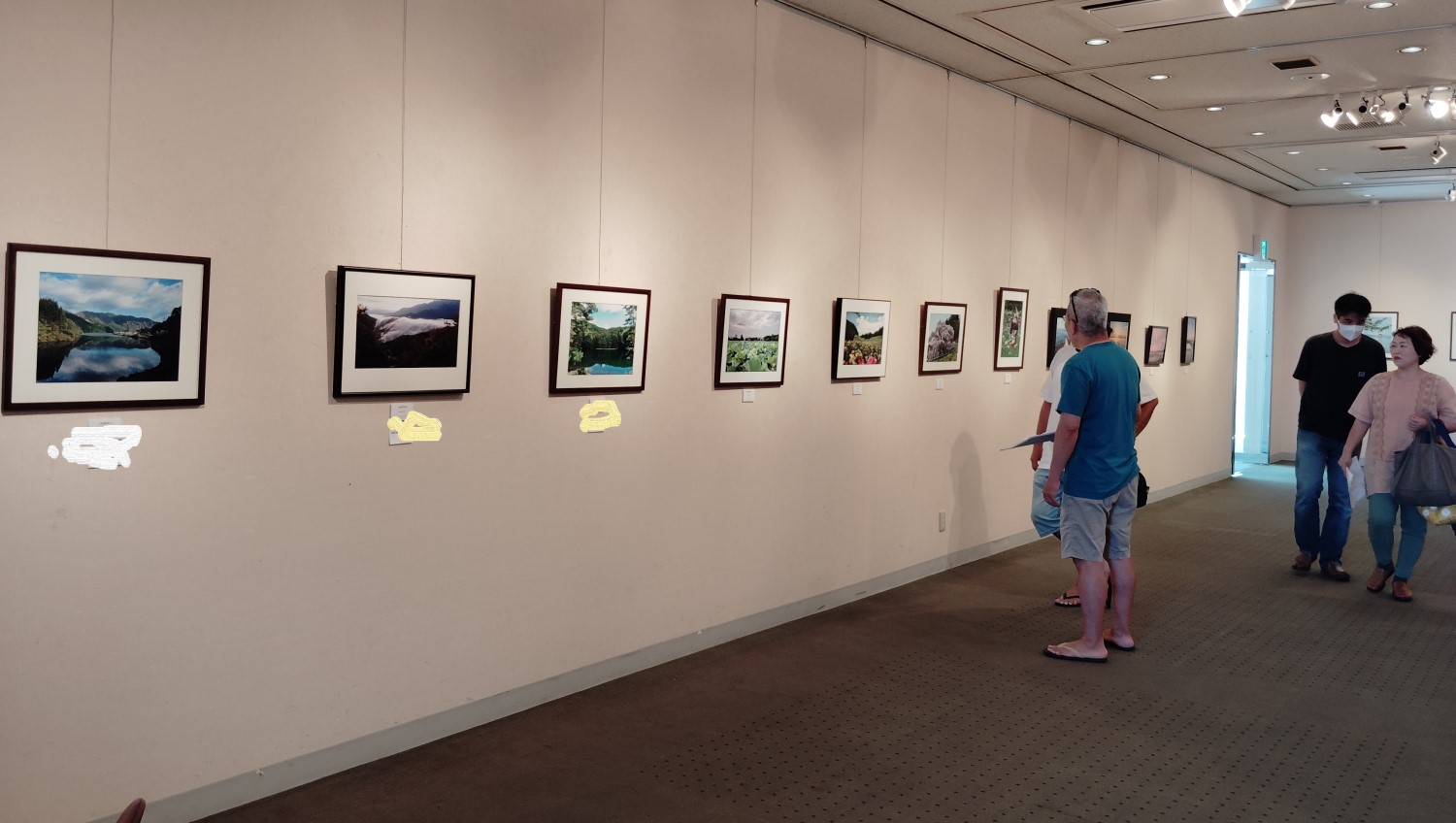
Pleasant voyage at the city museum of art
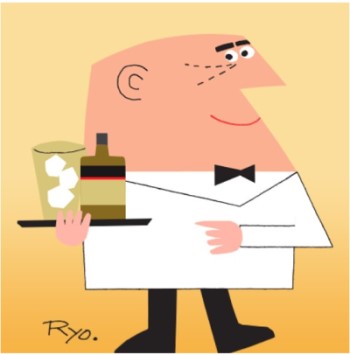
In the exhibition rooms, there were many nostalgic pictures of a fat little man called Uncle Torys, a character created by Ryohey Yanagihara in 1958 (See the photo on the right). In those days, he worked at the advertisement section of Kotobukiya, today’s Suntory, and Takeshi Kaikou was among his coworkers. Yanagihara’s solo exhibition is now underway at the city museum.
Uncle Torys was familiar to whisky drinkers. The character appeared in newspapers, weekly magazines, liquor shops, and of course, in bars. Yanagihara left many pictures of ships. They were luxury ocean liners, probably because he had a deep knowledge of ships and longed for foreign countries.
He used bright colors as the background, which provided the pictures with a bright atmosphere. In the 1960s, many Japanese people could not afford to take a trip to foreign countries. Yanagihara’s pictures worked as a trigger for the overseas trip boom.
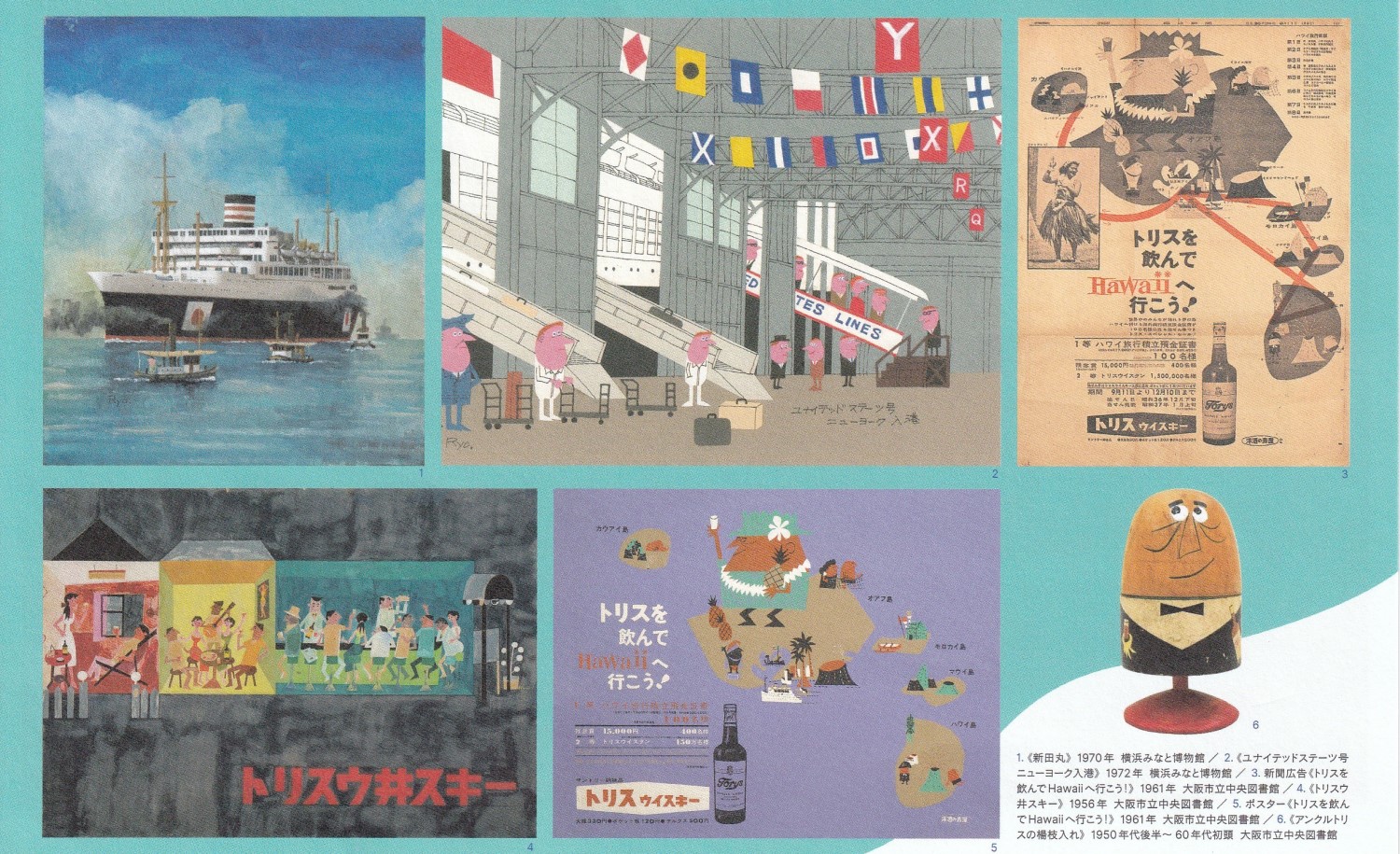
The exhibition is going to be held until November 10 (Sun). Admission fee (yen): Adults 800, citizens aged 64 and over 400, high school students and younger as well as handicapped persons and their caretakers free.
Horseback archery at Samukawa Shrine
On September 19 (Thu), horseback archery, or yabusame in Japanese, took place at Samukawa Shrine. The Shinto ritual was carried out for world peace and a good harvest during the annual autumnal festival. Four days earlier, a 29-year-old man fell from the horse while he was practicing yabusame in the morning at Tsurugaoka Hachimangu Shrine in Kamakura. He suffered serious injury, and the shrine cancelled the archery ritual, which was to be held on September 16 (Sun).
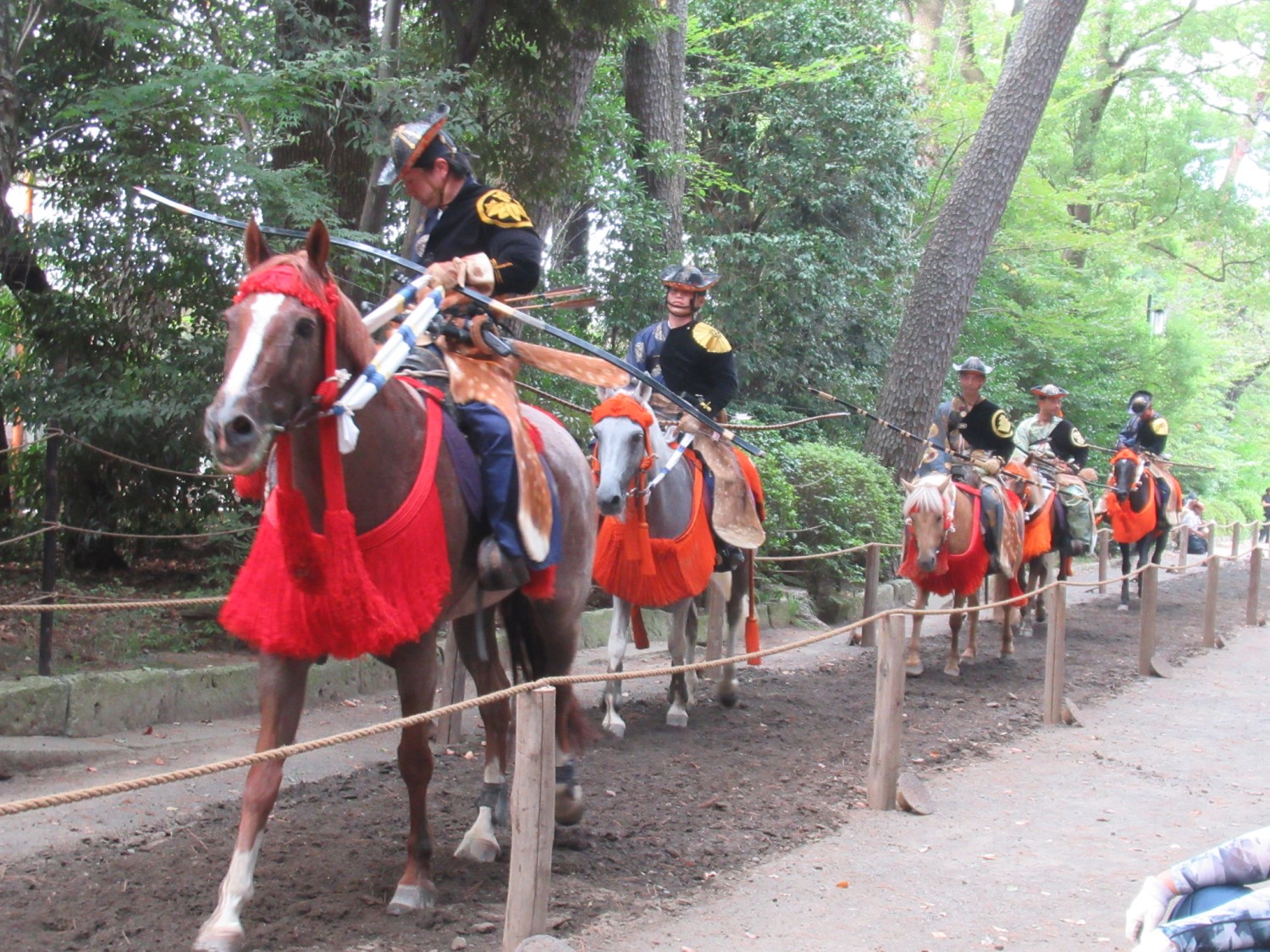
At Samukawa Shrine, the ritual was conducted as scheduled, but the number of archers was five, smaller than usual. Spectators lined the about 200-meter riding course, though the number of them was also smaller than usual probably because of the hot weather. Archers shot three arrows at three targets. When an arrow hit a target, spectators gave him a round of applause.
The Koide River Higanbana Festival
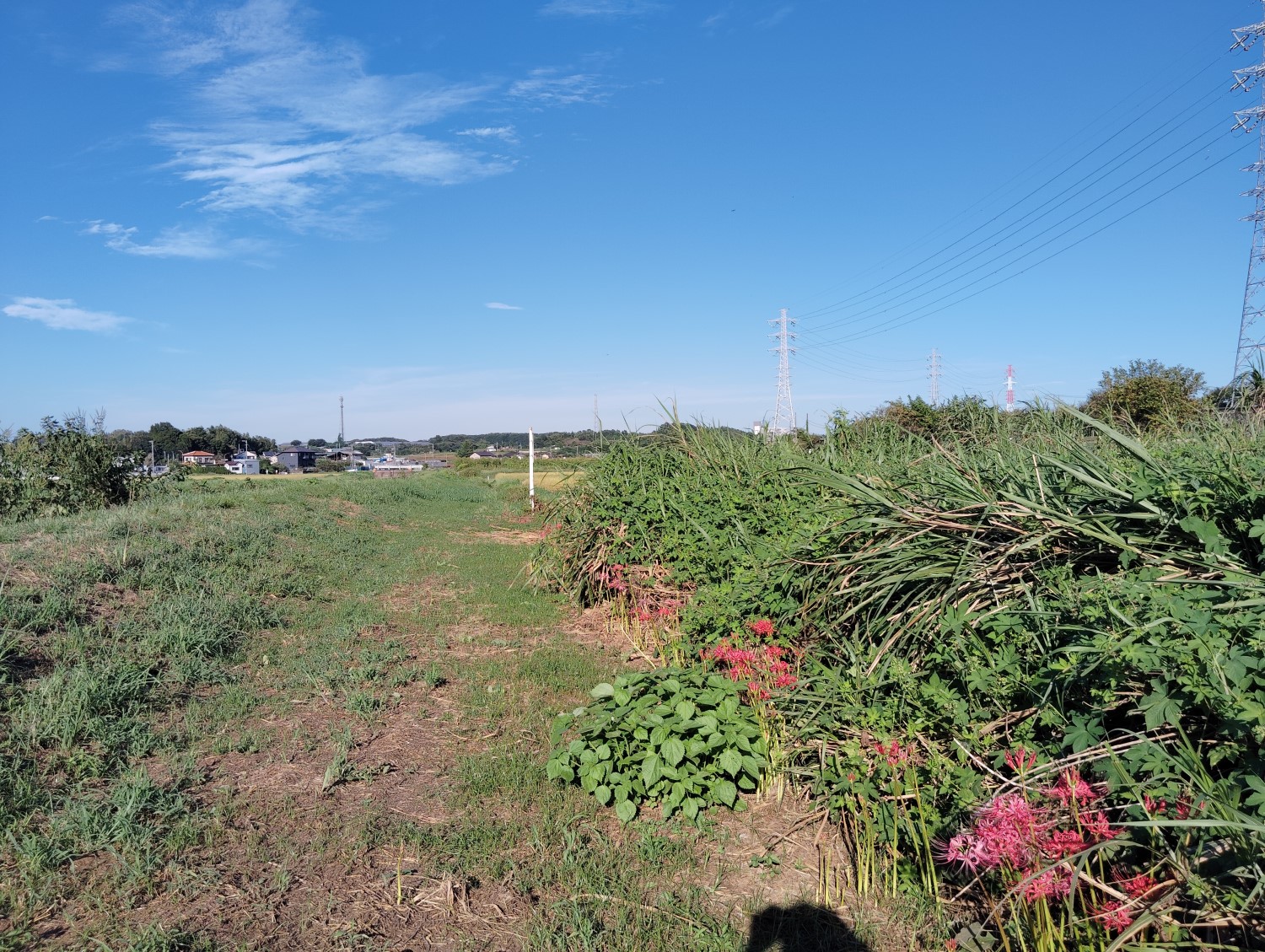
Due to the extremely hot summer, Higanbana, or red spider lilies, had not come into flower as of September 20, the day before the Higanbana Festival was to be held. The photo above was taken in late September at about one kilometer upstream of the Ondashi Bridge in Chigasaki. This must be an unusual scene for local people and they may be convinced these days that global warming is real.
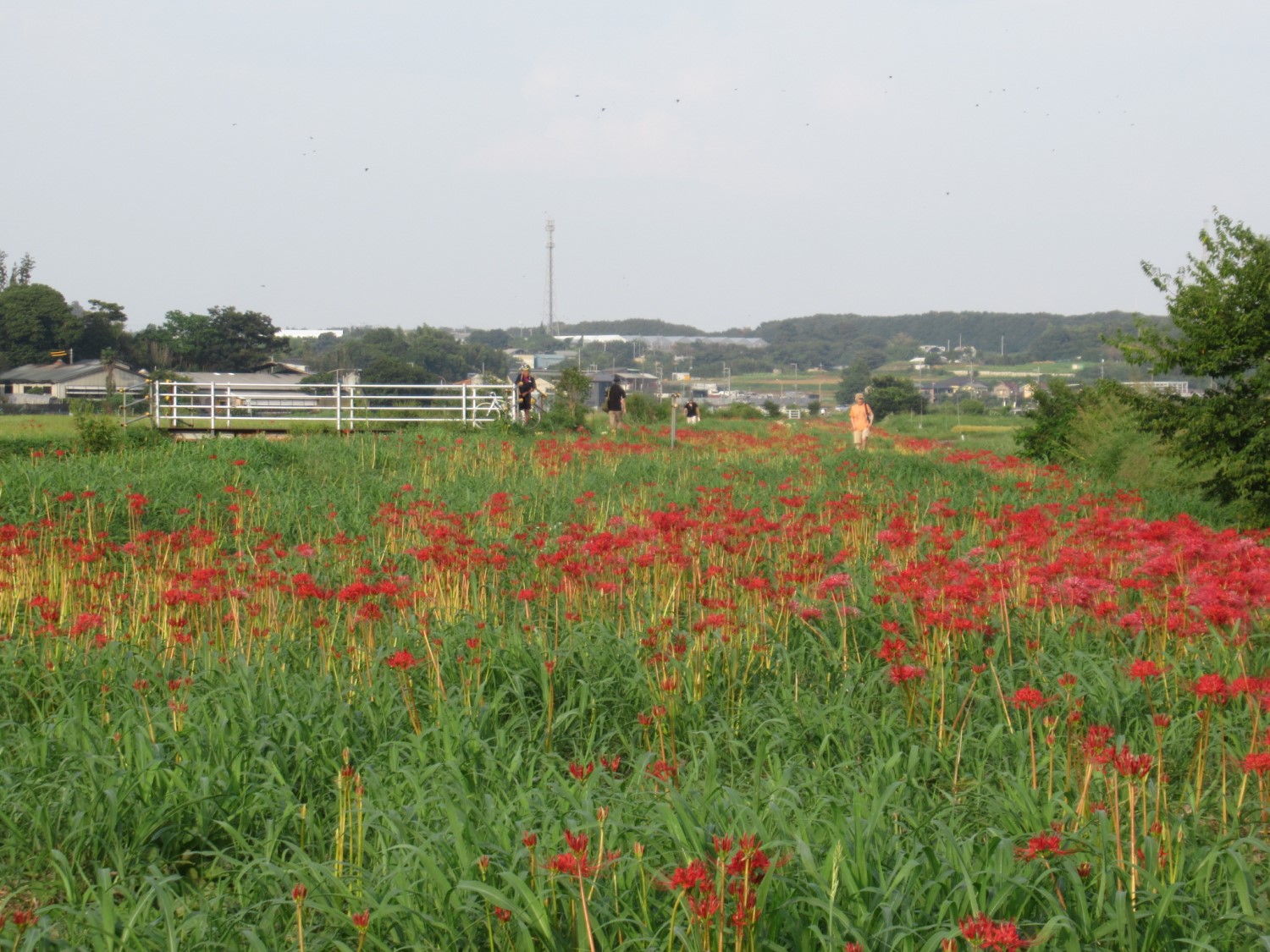
The Samukawa Tourism Association is reporting the flowering situation. Go to: https://www.samukawa-kankou.jp/?p=we-page-entry&spot=560390&type=spot&cat=23158&
2024 Chigasaki Velo Festival
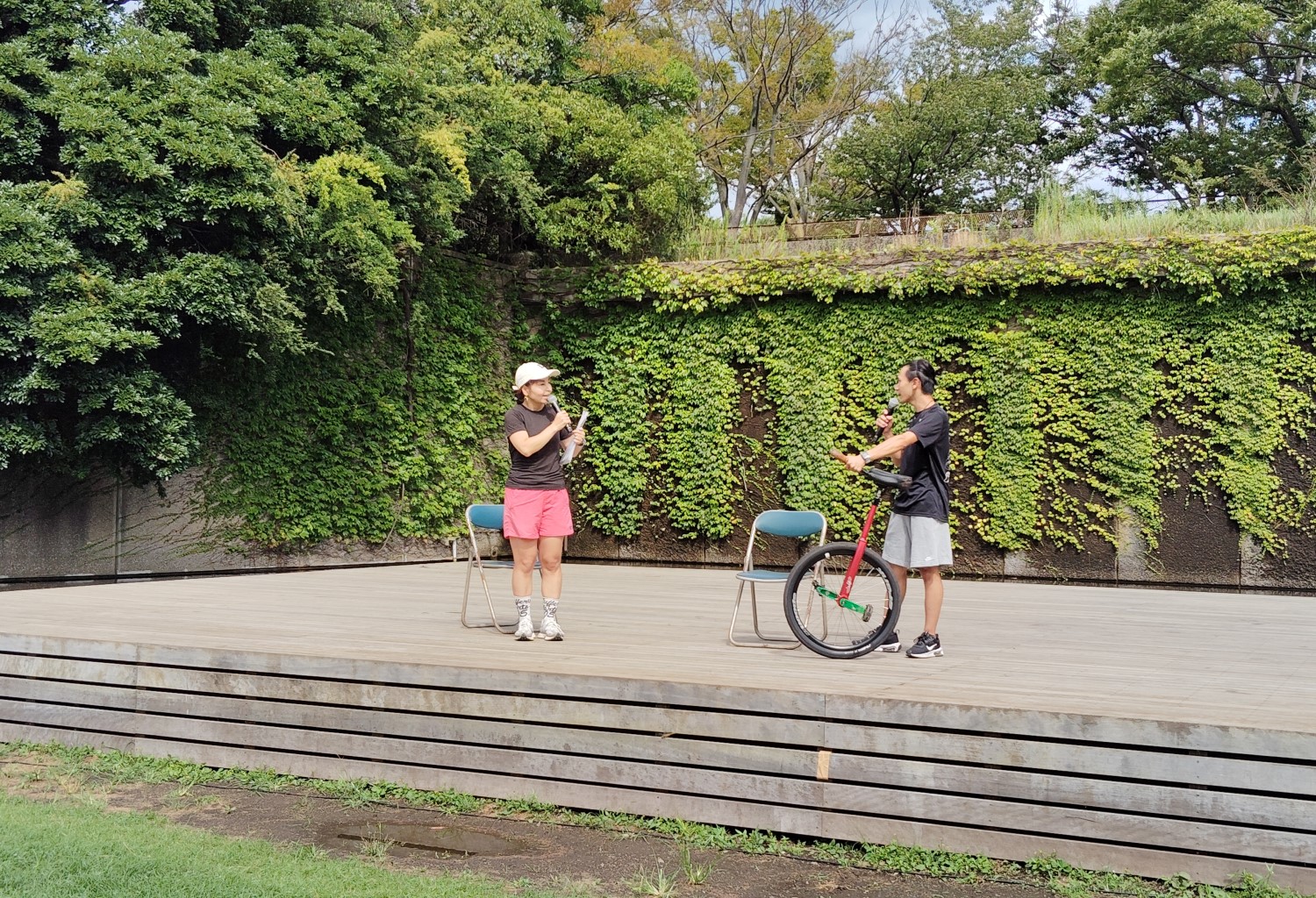
Chigasaki Velo Festival 2024 took place on September 22 (Sun) at Chuo Koen. As there was a light rain in the morning, unicycle and bicycle motocross (BMX) performances were cancelled. Participants and visitors were smaller than usual. The rain stopped before noon.
Misaki Uchida’s talk show was interesting. The 19-year-old cyclist, born and bred in Chigasaki, specializes in short track races. The unicycle for the races is designed only to run fast like a road bike. He works part-time at a cycle shop in the day and practices at night.
He won six races at the Unicycle World Championships in Minnesota, the US, in July. His plane to the US and domestic plane were delayed more than 25 hours, and he reached the hotel around 1:00 am on the day of the races. He had to have races without preliminary inspections of the courses. Now, he is practicing for the All Japan Unicycle Championship to be held in Numazu, Shizuoka, on October 4 (Fri). He has won two times in a row so far, and aims to win the championship for the third consecutive time.
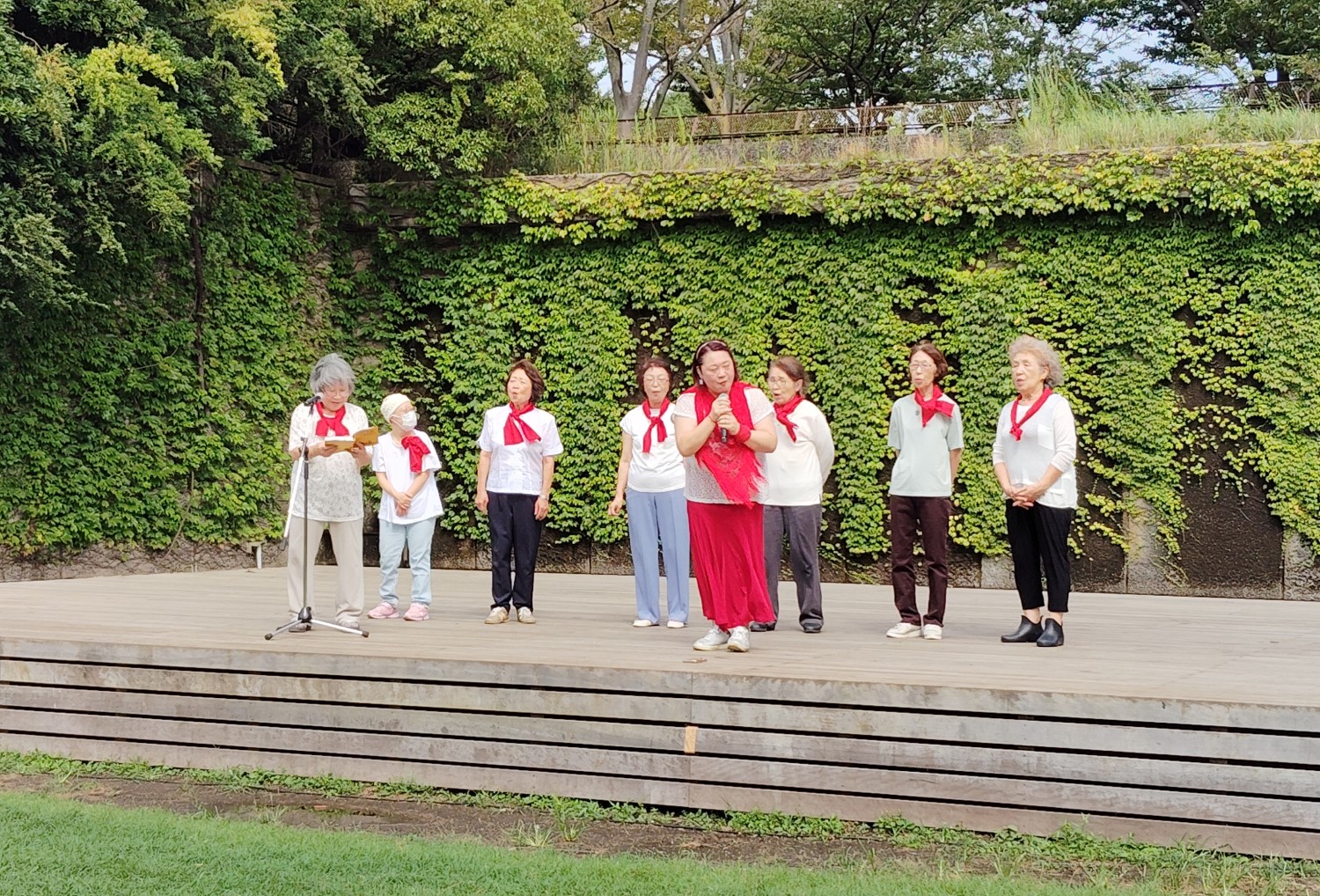
The weather gradually improved towards the afternoon, and many red dragonflies flew when “Aka tombo”, or the red dragonfly, which Kosaku Yamada composed while he was living in Chigasaki, was sang in chorus by the The weather gradually improved towards the afternoon, and many red dragonflies flew when “Aka tombo”, or the red dragonfly, which Kosaku Yamada composed while he was living in Chigasaki, was sang in chorus by the Red Dragonfly circle around 2:00 pm. around 2:00 pm.
Events in October and November
Chigasaki Citizen Cultural Festival 2024 at Civic Hall
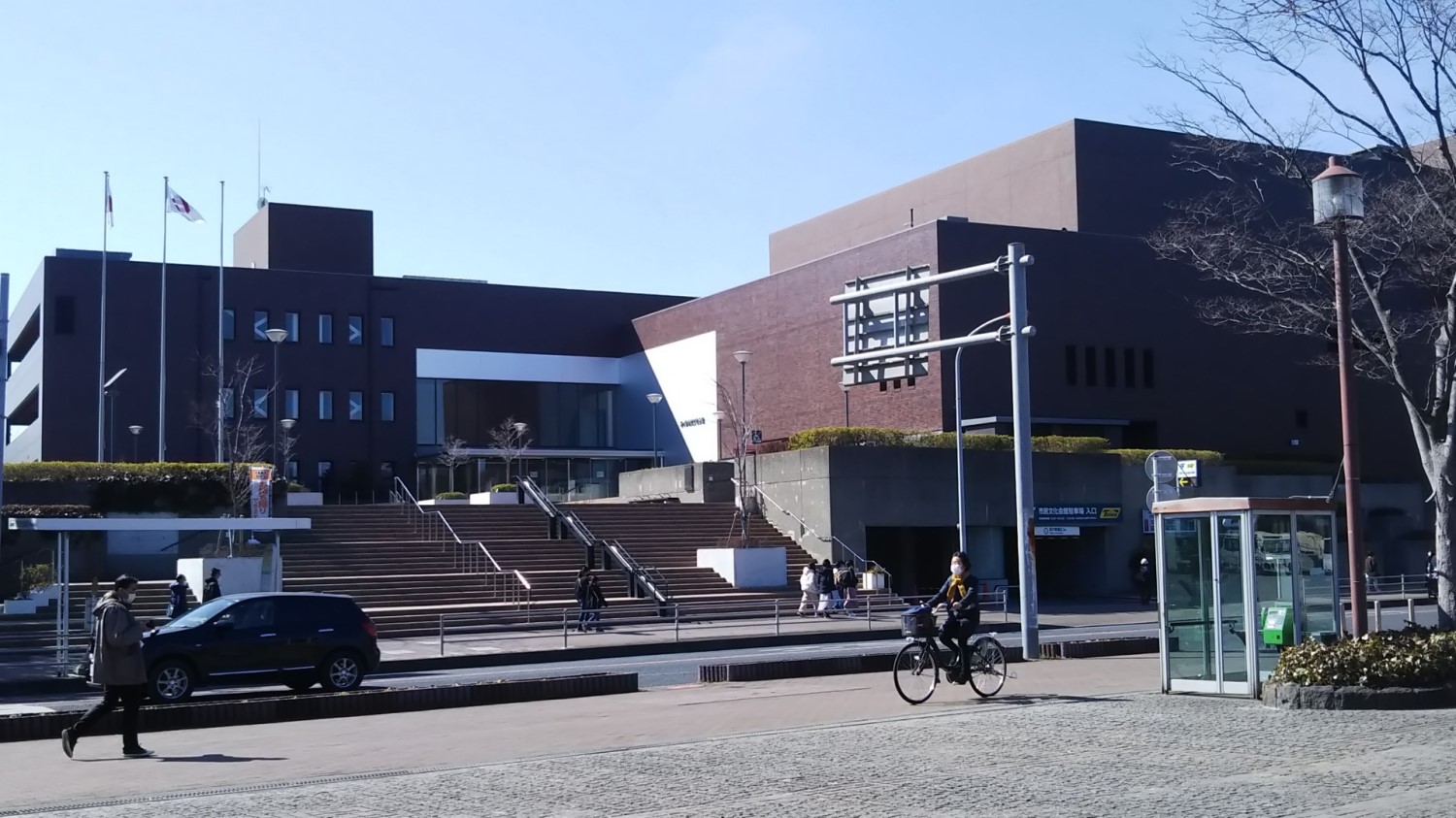
Each event is shown in the order: name, date, time, room
Stage division
●Autumn concert Oct. 20 (Sun) 13:30 ~ Small Hall
●Picture-story show and recitation Oct. 20 (Sun) 13:30 ~ 16:30 Mini Hall
●Comedy collection Oct. 26 (Sat) 14:00 ~ 16:00 Mini Hall
●57th Chorus session Oct. 27 (Sun) 11:40 ~ 16:30 Large Hall
●Classical concert Oct. 27 (Sun) 14:00 ~ 16:00 Small Hall
●27th Chanson and Canzone Nov. 2 (Sat) 13:00 ~ 16:00 Small Hall
●Japanese lute recital Nov. 2 (Sat) 13:30 ~ 16:30 Mini Hall
●59th Ginkenshibudo (Japanese dancing with a sword while reciting Chinese poems) Nov. 3 (Sun) 10:00 ~ 16:30 Small Hall
●Western-style Dance (Fee 500 yen) Nov. 4 (Mon) 15:00 ~ Large Hall
●Musical accompaniment festival Nov. 4 (Mon) 10:00 ~ 15:30 Small Hall
●Bel canto Chigasaki concert Nov. 9 (Sat) 14:00 ~ 15:40 Small Hall
●48th trio ensembles concert Nov. 10 (Sun) 11:00 ~ 16:00 Large Hall
●Japanese dance festival Nov. 10 (Sun) 11:00 ~ 15:00 Small Hall
Display division
●Bonsai exhibition Oct. 18 (Fri) to 20 (Sun) 9:00 ~ 17:00 Rooms A, B and C(
●Chrysanthemum exhibitionNov. 1 (Fri) to 13 (Wed) 9:00 ~ 16:00 Bicycle parking lot
●Flower arrangement Nov. 1 (Fri) 10:00 ~ 17:00, 2 (Sat) 10:00 ~ 16:00 Rooms A, B and C
●Craft figurative art Nov. 3 (Sun) & 4 (Mon) 10:00 ~ 17:00, 5 (Tue) 10:00 ~ 15:30 Rooms A, B and C
●
Calligraphy exhibition Nov. 8 (Fri) & 9 (Sat) 10:00 ~ 17:00, 10 (Sun) 10:00 ~ 14:00 Rooms A, B and C
●Photo exhibition Nov.15 (Fri) to 17 (Sun) 10:00 ~ 17:00 Rooms A and B
Literature division
●Photo exhibition – wild birds and historic sites Oct. 25 (Fri) 13:00 ~ 16:00, 26 (Sat) 9:30 ~ 16:00, 27 (Sun) 9:30 ~ 15:00 Room A
●Tanka session Oct. 27 (Sun) 13:00 ~ 16:30 No.1 conference room
●Haiku session Nov. 2 (Sat) 10:00 ~ 16:00 Large conference room
●Tea ceremony (Fee 500 yen) Nov. 3 (Sun) 10:30 ~ 15:00 Large conference room training room #5,6
Art exhibition at Citizen Gallery

●Exhibition of sketches by Tansai (wash drawing) Chigasaki: Sept. 28 (Sat) 13:00 ~ 17:00, the 29th (Sun) to Oct. 2 (Wed) 10:00 ~ 17:00, Oct. 3rd (Thu) 10:00 ~ 16:00
●Calligraphy exhibition by Dappled Sunlight: Oct. 4 (Fri) 13:00 ~ 17:00, the 5th (Sat) 10:00 ~ 17:00, the 6th (Sun) 10:00 ~ 16:00
●Picture exhibition by the Shonan branch of Japan watercolor society: Oct. 8 (Tue) 13:00 ~ 17:00, the 9th (Wed) to 12th (Sat) 10:00 ~ 17:00, the 13th (Sun) 10:00 ~ 16:00
●Picture exhibition by Colored pencil club: Oct. 17 (Thu) to the 19th (Sat) 10:00 ~ 17:00, the 20th (Sun) 10:00 ~ 15:00
●Exhibition of Indian-ink drawings by Shonan Indian-ink drawing club: Oct. 23 (Wed) 13:00 ~ 17:00, the 24th (Thu) to 26th (Sat) 10:00 ~ 17:00, the 27th (Sun) 10:00 ~ 16:00
●Sketch exhibition by Shonan wind sketch group: Oct. 29 (Tue) 13:00 ~ 17:00, the 30th (Wed) to Nov. 3 (Sun) 10:00 ~ 17:00